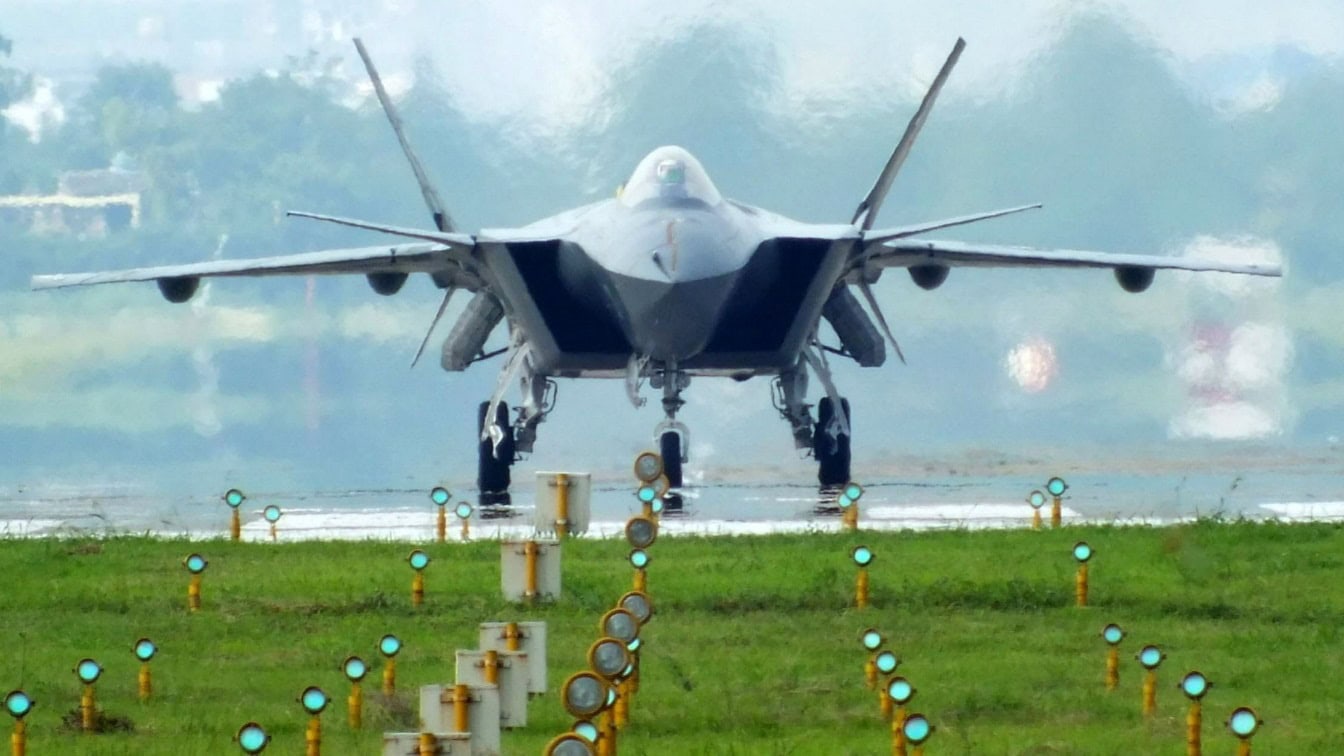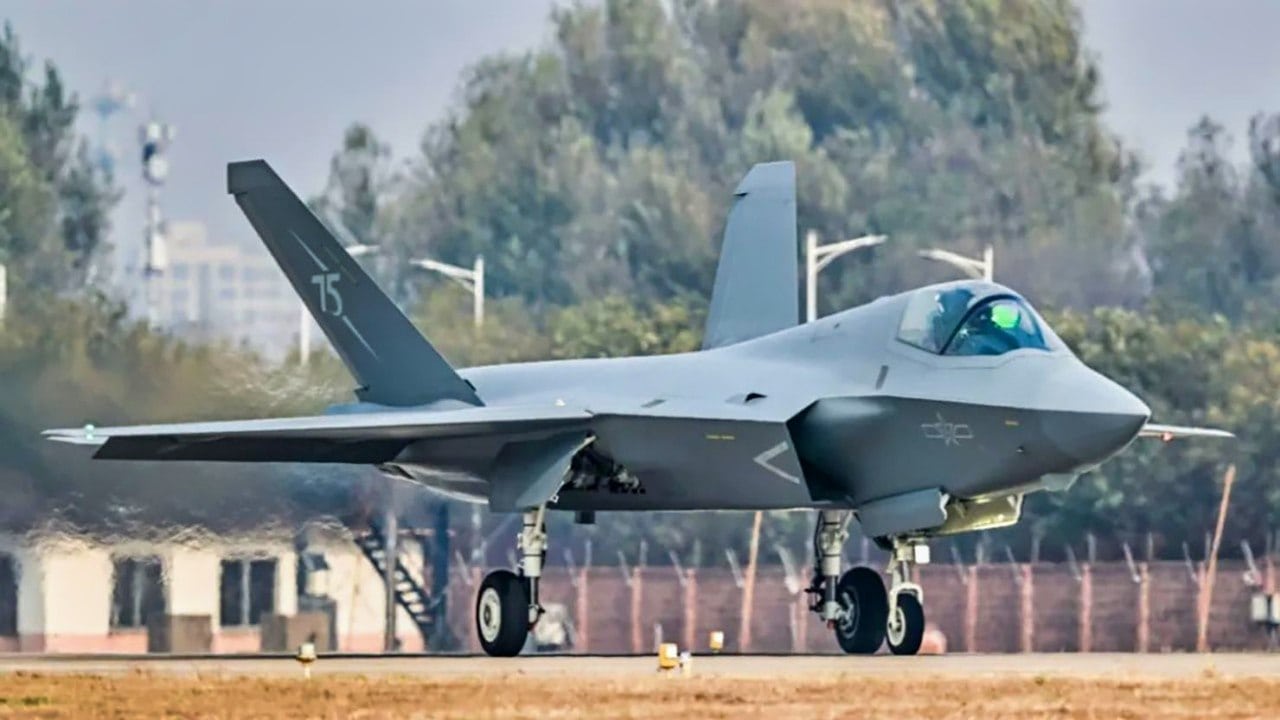Perhaps understandably, the growing military-technical partnership between Moscow and Beijing is causing anxiety in Washington. With Russia increasingly isolated by Western sanctions and the People’s Republic of China (PRC) eyeing opportunities to accelerate its military modernization, the idea of two major U.S. rivals sharing advanced military technologies is bound to trigger certain anxieties in American foreign policy circles. But how dangerous are these tech swaps in reality?
Russia and China: A Defense Partnership Brewing?
Are we witnessing the technological manifestation of a new anti-American bloc in a new era of great power competition, or is there less here than meets the eye? The answer, not surprisingly to those of us steeped in the realist tradition of international relations, is more complicated than it first appears.
There are some strategic risks here, but there is more than a hint of moral panic in the air when it comes to this issue. The prudent way forward is to remain focused on the realities of this situation and, on that basis, to take prudent and measured steps that will allow Washington to manage a real strategic challenge without falling prey to the temptations of overreaction—temptations that might actually push Russian and China into an even closer strategic partnership.
Let’s start with some basic realities. There is no doubt that Russia and China have been cooperating more closely in recent years, primarily driven by the dynamics of great power competition and the shared desire to undermine the residual US-centered rules-based international order. The Kremlin, desperate both to pursue this broader strategic goal and to sustain its war effort in Ukraine, is turning to Beijing for drones, semiconductors, and other dual-use technologies.
Similarly committed to challenging the existing international order, China would like to exploit the strategic advantages associated with a closer military and military-technological relationship with Russia. The result? A series of exchanges that have raised the hackles of Western, especially American, foreign, and defense policy officials.
Consider the following examples. First, China is reported to have made CH-4 drones available to Russia. These weapons, comparable to the American MQ-9 Reaper, will give the Russian military enhanced battlefield surveillance and strike capabilities. This system could be consequential on the Ukrainian battlefield, improving Russia’s ability to engage Ukrainian forces with a previously unknown precision.
Second, and in the reverse direction, Moscow has reportedly provided China with Russian RD-93 engine technology, which powers advanced warplanes like the JF-17. This technology will enhance China’s military aviation capabilities, helping it realize its ever-more ambitious air force modernization goals.
Finally, China aspires to gain access to Russian nuclear submarine propulsion technology. Should this come to pass, it would greatly accelerate Beijing’s strategic ambition to expand and enhance its underwater fleet, consequently improving its ability to project power in strategic theaters around the globe.
These cases demonstrate that there is real cause for concern in Washington and other Western capitals. Yet, do these tech swaps signal an imminent tectonic shift in the global balance of power? Viewed through a realist and realistic lens, probably not. Despite these military technology swaps and pronouncements of boundless partnership between the two powers, Russia and China still don’t trust each other enough to share their most sensitive technologies.
Perhaps this is a legacy of the Sino-Soviet split or reflects a more prolonged historical animosity. Still, whatever the reason, Moscow has long been wary of sharing its most valuable military technologies with China. For its part, Beijing is making rapid progress in the defense technology sector and will not remain dependent on the strategic largesse of its Russian partner for much longer.
And then there’s the fact that, while Moscow and Beijing share some strategic goals, they are not always singing off the same geopolitical song sheet. China is tightly focused on advancing its regional goals, especially regarding Taiwan and the South China Sea.
Russia, by contrast, remains laser-like in its focus on Europe and its former Soviet sphere of influence—even while it retains the pretension of being a global power. Joint military exercises and technology swaps suggest pragmatic cooperation at the margins, not a unified core strategic vision. Significantly, neither Moscow nor Beijing has demonstrated a willingness to agree to mutual defense commitments to each other. The idea that Russia and China constitute an axis tightly unified in its resistance to the West remains more an anxiety-fed delusion than an empirically grounded fact.
Nevertheless, selective cooperation between these two powers can shift the geopolitical landscape. An enhanced Russian drone capability might give it something of an edge in the Ukraine battlespace. Improved submarine propulsion capabilities can enhance the People’s Liberation Army Navy (PLA Navy)’s operational reach, making it more difficult for the United States Navy to operate decisively in areas critical to the economic and security interests of the US and its regional allies and partners.
Even these developments, however, are not the strategic game-changers some fear. Treating them as such risks would trigger dangerous overreactions on the part of Washington.
And what, exactly, might such an overreaction look like? Well, it might involve Washington needlessly investing billions of dollars in new weapons systems, diverting resources from more pressing strategic programs.
Another overreaction might involve imposing sweeping technology controls that alienate potential partners and counter-productively encourage Russia and China to deepen their military-technological ties and their broader strategic partnership.
Any such overreaction would play right into the hands of those in Moscow and Beijing seeking a closer strategic relationship between their two countries. The more prudent response would be to approach this set of challenges in a manner consistent with the grand strategy of restraint.

J-20 stealth fighter. Image Credit: Creative Commons.
Washington could, for example, invest in targeted countermeasures that address real threats: developing enhanced electronic warfare capabilities capable of neutralizing Russian drones, supporting the development and deployment of undersea surveillance technologies that can help offset any advances in Chinese submarine technology, and so on.
These prudent, cost-effective, and realistic measures promise to address the risks of Russian-Chinese military tech swaps without unnecessarily raising the geopolitical stakes and leading Washington down the path of overreaction.
Beyond the merely tactical responses outlined above, however, it is also worth considering “wedge diplomacy” as a means of dealing with this set of challenges. Such strategies involve dividing and thus weakening an adversarial coalition by exploiting the underlying mistrust between the partners – in this case, Moscow and Beijing. Russia resents the notion of becoming China’s junior partner, while China is reluctant to become entangled in Russia’s European conflicts.

J-35A Fighter from China. Image Credit: Chinese Military
While care must be taken not to drift into Cold War 2.0, highlighting these differences through prudent diplomacy has the potential to mitigate the threat posed by military-technical and broader strategic cooperation between Moscow and Beijing.
Russia and China Military ‘Alliance’: Don’t Freak Out Just Yet
Ultimately, the danger posed by Russia-China military technology swaps is real but manageable. These exchanges may yield tactical advantages, but they are unlikely to significantly shift the global balance of power. The greater risk lies in Washington convincing itself that these developments represent a broader strategic alignment, prompting an overreaction that creates the very adversarial bloc it fears.
A strategy grounded in restraint—a calm, calculated, prudent grand strategy—remains the best path forward. By avoiding unnecessary escalation, investing in precise countermeasures, and leveraging divisions between Russia and China, the United States can manage the challenge of Sino-Russian military technology swapping without stumbling into a self-fulfilling prophecy.
Bottom line: as always, the sky isn’t falling – unless we panic and bring it down ourselves.
About the Author: Dr. Andrew Latham
Andrew Latham is a non-resident fellow at Defense Priorities and a professor of international relations and political theory at Macalester College in Saint Paul, MN. Andrew is now a Contributing Editor to 19FortyFive, where he writes a daily column. You can follow him on X: @aakatham.

